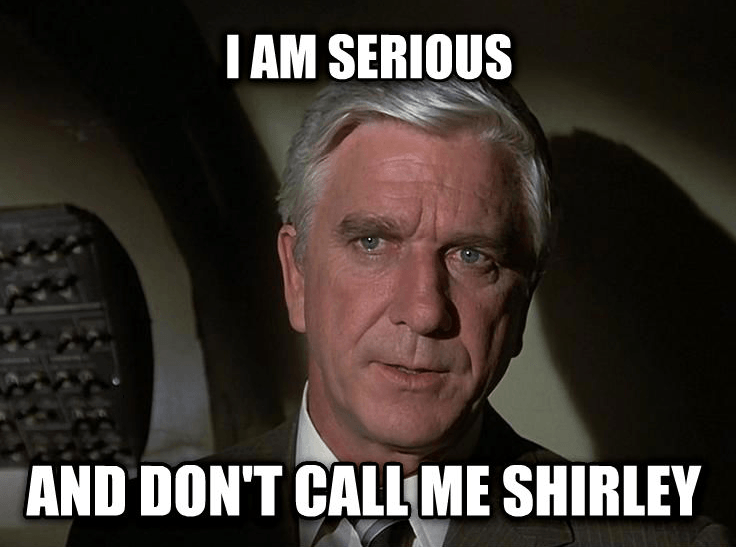What is it then
@Beobloke
Sorry! It's a Yamaha GT-5000
The null point is actually in the centre of the record so, strictly speaking it needs double anti-skate, since on the outside of the record it will naturally skate inwards like any normal arm, but on the inside of the record, it wants to skate outwards.
Yamaha actually have used this idea going back to the 1980s when the YSA-2 straight, underhung arm was an option for the original GT-2000. It predates the likes of Vestax and their ASTS straight arm for DJ use by at least 20 years. I also have pictures of Stax and Micro Seiki arms of similar design from around that period, although the latter two never seemed to make it into production.
As well as Yamaha and Viv Labs, the Fidelix 0 SideForce arm and the arm on the new Yuki precision turntable also dispense with any offset. It's very much a Japanese thing, seemingly!
https://exclusive-audio.jp/en/products/0-sideforce
https://www.nippon.com/en/japan-topics/g02031/
As to the GT-5000, it was with me for over a month when I reviewed it. I used an MC cartridge with a MicroLine stylus profile, and threw all sorts of torture and test tracks at it and never heard the slightest hint of mis-tracking or distortion, or saw curls of chewed vinyl spewing off my LPs! It's a truly fabulous sounding deck and has inspired me to get on the waiting list with Hi-Fi Do in Japan for a YSA-2 for my own GT-2000.
Like I said, I don't understand the theory behind it - there was some in the original YSA-2 arm manual but this only available in Japanese and I've never managed to source a proper technical translation. However, the key points seem to focus on anti-skating unbalancing the arm and reducing its stability in the groove, and this resulting in a
subjectively more offensive sonic effect than any tracking error.


 s-l1600 (8)
s-l1600 (8)